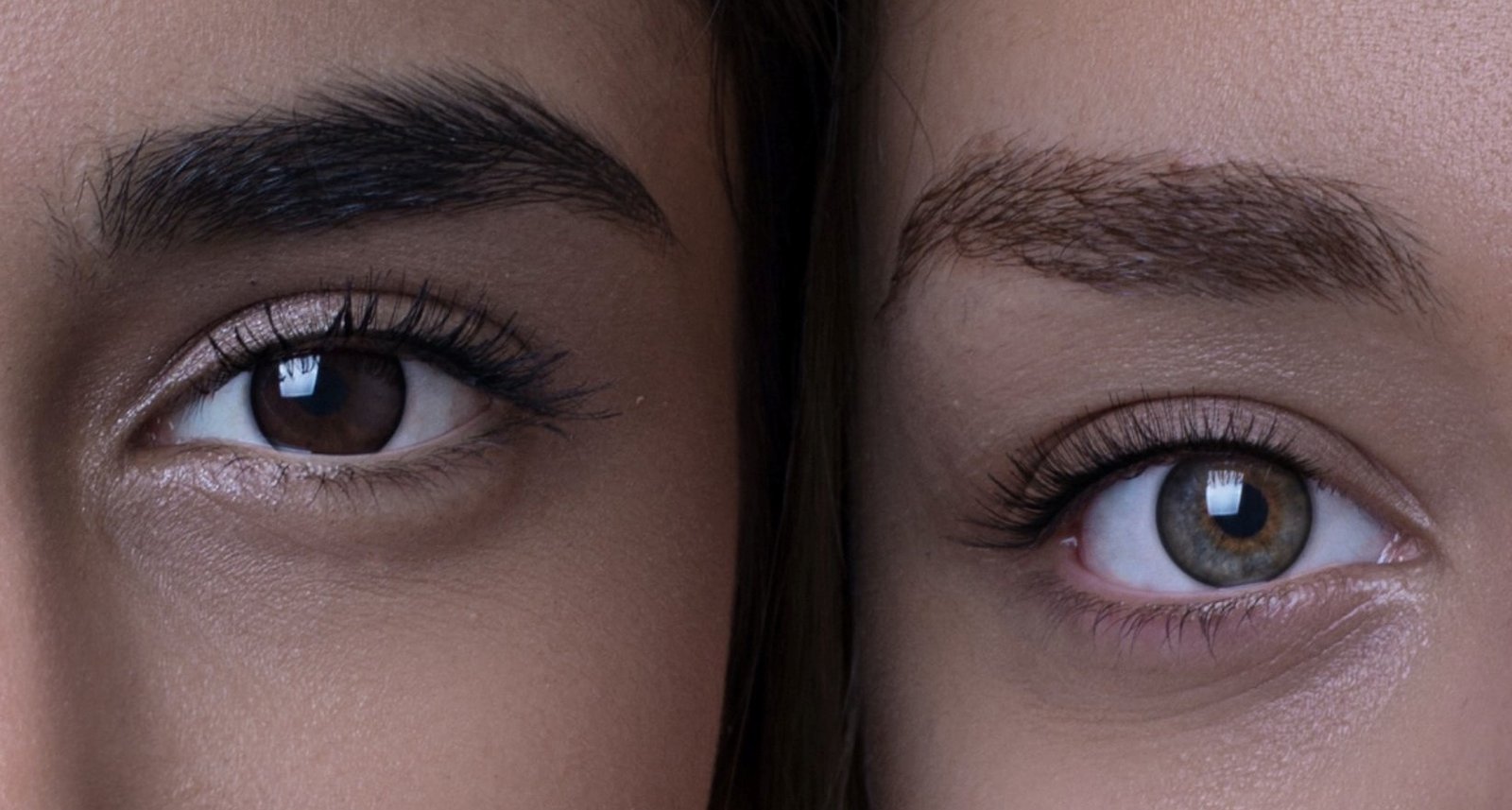Have you ever thought about the human eye and what it takes for us to see? Dr. Faris Ghosheh, who specializes in corneal transplantation, cataracts and refractive surgery, gets us started:
To process vision, the light reflected from an object in our field of view is gathered by the cornea. The cornea then refracts the light rays through the pupil (the center of the iris where light enters the eye). The iris then passes the image onto the crystalline lens. The lens in the eye focuses the light rays, projecting them to a point at the back of the eye called the retina, where the image appears upside down. The retina contains a thin layer of color-sensitive cells called rods and cones that perceive and decode color. These are critical to how our eyes work. The retina then passes visual signals to the brain via the optic nerve. The brain receives the information from both eyes and aggregate the images to process a complete picture.
As we think about this process and all that it takes, we can’t help agreeing that seeing didn’t happen by accident. The eye has been fine-tuned in ways that evolution could never do. Success comes through the Creator.
[bctt tweet=”The eye has been fine-tuned in ways that evolution could never do. – Martin Cicero” via=”no”]
How the Eye Works
Do you know that the eye has approximately 120 million rods? These rods pick up the light that helps us sense direction and motion, and they help with peripheral vision.
There is one problem, these rods don’t perceive color. They see only light and dark. The cones in our eyes detect color. There are between 6 and 7 million of these light-detecting cones in our retina. The cones break down into three kinds: red, green, and blue. These cones work in such a way that they create a color spectrum for us.
What good do cones and rods do for us? By themselves they don’t do a thing for us. We need something to send these signals to the brain. There are two optic nerves, one behind each eye. Each optic nerve has millions of nerve fibers that take these signals to the brain.
How the Fine-tuned Eye Works with the Brain
How did all these things connect so that we can see color and perceive distance? How does the eye know what electrical impulses to send to the brain? And how does the brain know what they mean? How is it that the brain can take these electrical impulses and translate them into something that we can see and understand?
Half of the optic nerve fibers of the left eye go to the left side of the brain and the other half to the right, and the right eye does the same thing. This allows us to see things in three dimensions.
How could this just happen? How could millions of connections come together with such accuracy and how could the electrical impulses be interpreted with such precision? Only God!!!
If you’re interested in learning more about God’s fine-tuned world, Artios Christian College is here to equip you!








